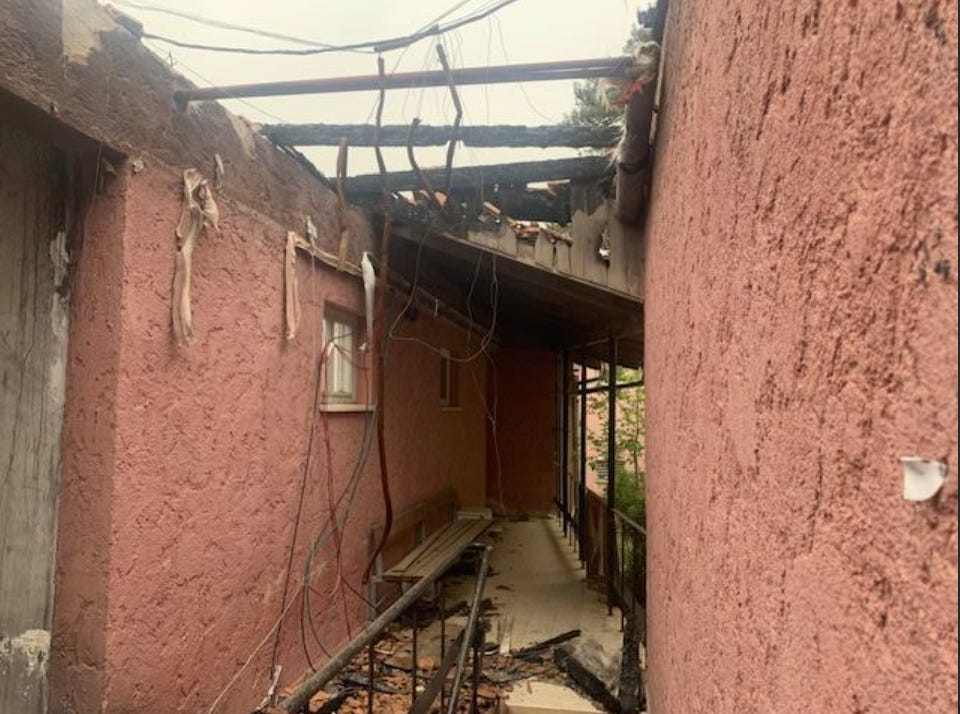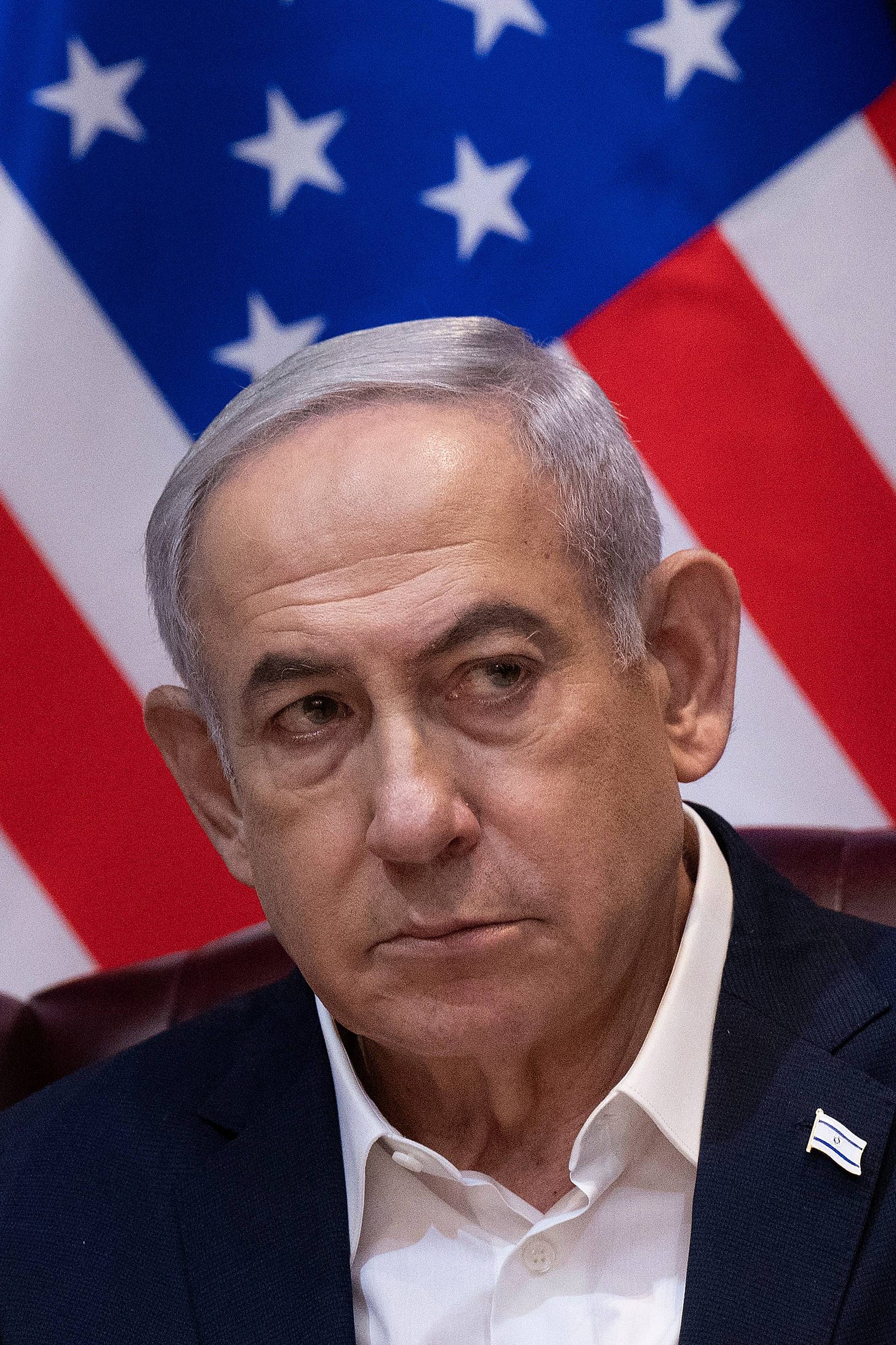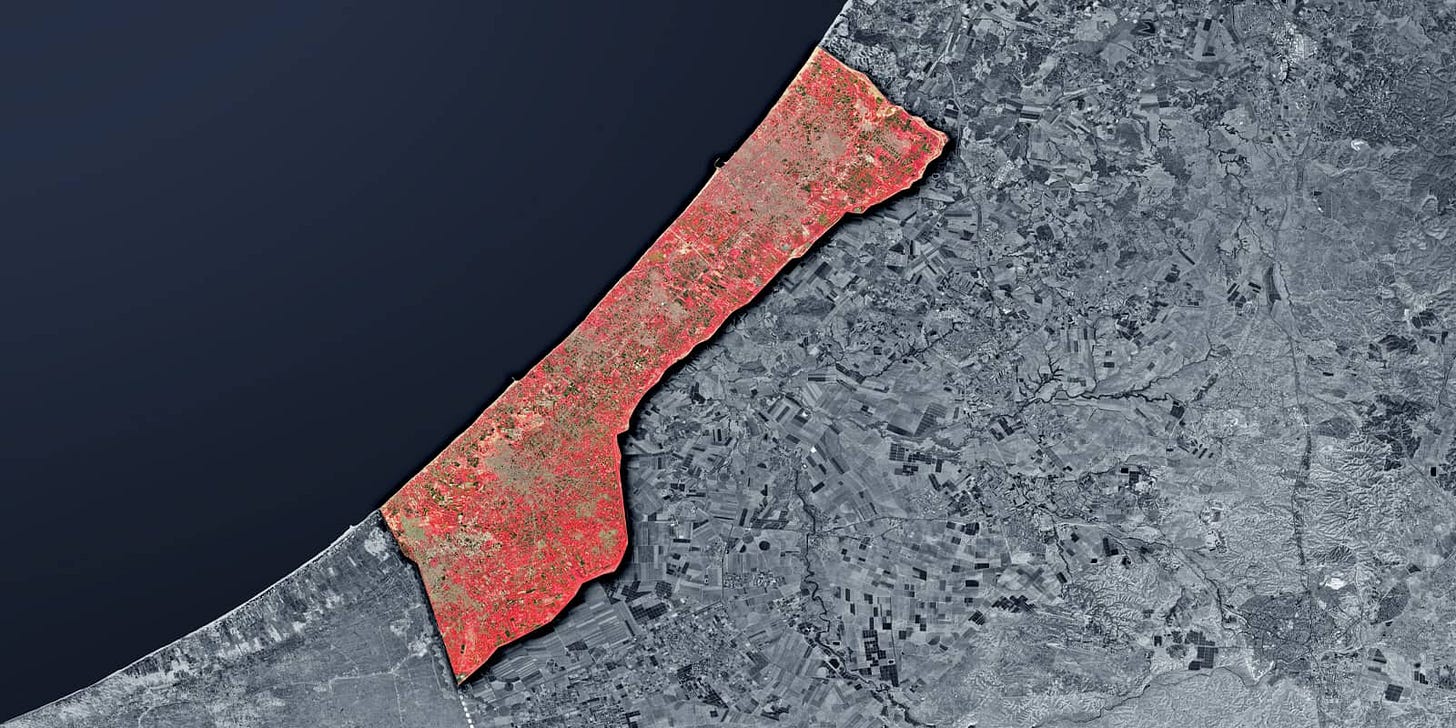Only one road leads to Kibbutz Hanita. It sharply ascends from the Western Galilee’s flats while winding through forest and rocky slopes. At its terminus is the southern fence line of the kibbutz. Along the kibbutz’s northern fences is Lebanon. For most traveling that road, it is a path from here to there. But for me, it is far more. It is where I hear echoes of a hallowed past and see visions of Hanita’s bloody birth. For it is where heroes walked, Zionism triumphed, and courage still prevailed.
In the pre-Israel 1930s, as Britain struggled to govern Palestine and Jewish communities faced growing threats from Arab marauders, David Ben-Gurion stated,
“We have to purchase [land] in the Upper Galilee, close to the Lebanese border, and…put settlers immediately on [that] land. We have to do everything in order to make it difficult to exclude the Galilee from our possession.” Ben Gurion said that because he knew that in any future partition of Palestine, the new state of Israel could not afford to lose high ground separating it from enemy states adjacent to it. Nor can it afford to give up high ground today—anywhere.
So, on March 21, 1938, 400 Jewish workers made the long, arduous climb up the hill where Hanita now sits. Then there was no road; only unforgiving terrain, an unrelenting ascent, and windy conditions that impeded them. In the face of all that, those 400 had to carry heavy construction materials on their backs to the new kibbutz’s site. They hoped to build the beginnings of Hanita in a single day. But by nightfall, all they accomplished was a defensible position that included a tower and stockade. Ninety-one intrepid souls stayed behind to defend the isolated position. The rest went home. And for a while, all was quiet—until it wasn’t. Just after midnight, Arab gunfire rang out. During the ensuing firefight which lasted an hour, Arab bullets killed two Jews and wounded several others. But the defenders stood strong, and the fledgling kibbutz survived.
Over the next eighty-five years, Hanita changed its location to the top of the ridgeline and grew and prospered. Two onsite factories provided jobs for many kibbutz members. Its residents bore children, buried loved ones, and greeted new members drawn to Hanita’s seeming tranquility and necessity as an outpost for protecting the nation. Nevertheless, there were challenges. The community experienced economic cycles and social strains, survived two wars during which it was targeted, and adapted to unsettling realities like Hezbollah constructing a lookout post from which its minions were within shooting range of a Hanita playground.
Yet through all of it, Hanita’s residents never evacuated—until October 7, 2023.
That morning, as Hamas terrorists rampaged through Israel’s southern border towns, Hanita’s residents fled—fearful that Hezbollah’s Radwan units would duplicate what Gazan terrorists were doing in the south and knowing that the IDF was not in position to defend them. Within days, Hanita became a ghost town. Only the kibbutz’s volunteer security team and a growing number of soldiers remained. Tanks rather than bicycles traversed the streets. Screeching sirens warning of incoming rockets replaced joyous voices of children at play. War was at hand. And the more than eight decades of uninterrupted pioneering presence had come to an end.
When I returned to Israel in December 2023, two months after the outbreak of war, I drove by a security position that prevented civilian access to the road to Hanita. It was then simply too dangerous for anyone to approach the now combat zone. The same was true when I tried again in May 2024. But by April 2025, when I made my third post-October 7 trip to Israel, the gates to Hanita had reopened. I was determined to once again drive up that winding road—for perhaps the twentieth time in eight years. Its history drew me, as it always had before, but it was something else too. For me, it wasn’t just a place to visit. In some small way, it felt like my spiritual self was coming home.
Part of that feeling of home came from the friends I had met over the years that lived there. One was Orly Gavishi-Sotto, who I first encountered in 2017. Then the kibbutz’s business director, we met at Hanita’s outdoor café. Shaded by a tree, the Mediterranean shimmered below. In clear view was Nahariya, perhaps my favorite Israeli beach town, and in the distance, barely visible, was Haifa. The view was mesmerizing, the Israeli breakfast delicious, and my discussion of the kibbutz with Orly, captivating. It barely registered then that lurking a few hundred yards away, on the other side of the kibbutz and hidden by a small rise and thick forest were Hezbollah forces that were likely part of that organization’s plans for invading northern Israel.
I came back to Hanita in 2018 while researching my book Living in Heaven, Coping with Hell, which is about settlement of Israel’s northern borders. Then, I stayed at the kibbutz for three nights in a yurt. During a dinner with friends, Orly challenged me to a 5:30 a.m. training run the following morning. Hanita’s grounds are steep, I had not jogged in over a month, but I was an author doing research that did not want to miss the opportunity to understand more about kibbutz life, so I accepted. As we ran, Orly told me her story.
Orly was born at Kibbutz Dan. During the First Lebanon War, she had to go to a shelter when four years old with pillow and blanket in hand to avoid incoming rockets and shells. Having to seek shelter was part of life at Kibbutz Dan which, like Hanita, is a border kibbutz. Memories of those frightening experiences remain with her.
Orly came to Hanita because her husband was born and raised there. For him it was a home he did not want to leave. Same now for Orly. There, they had three daughters. Over the next couple years, we met twice more, the last time with my wife who did a similar training run with her. From Orly, we learned about Jullius Distillery, an art gallery, a glass factory, and a call center, all renting space from Hanita as part of Orly’s plan to find new revenue sources for Hanita. Inspired, my wife and I later worked with the kibbutz’s management to fund a recreation and outdoor social area for the kibbutz.
Also in 2018, I became friendly with three other residents of the kibbutz: Erez, Yuval, and Sorel. Sorel was the community manager of Hanita at the time and now is the community manager at Misgav Am. I will write about him in a later article. Erez volunteers as the kibbutz security chief while moonlighting at an employee at one of the kibbutz’s factories. I say moonlighting because his paid job is forty hours a week. His volunteer security work is a 24/7 responsibility. When I asked him in 2018 why he and others put in so much time as kibbutz volunteers, he answered: “
We understand [that] if we don’t do it, nobody does it. This is what happens in a small community. In Tel Aviv, you [ask] someone to volunteer, [they] answer why [and] how much money you pay? Here, I don’t think how much. I don’t think about what I get. I think if I make this kibbutz, this area, a better [place] this is my fuel. For the soul, it is amazing!”Erez showed up to the meeting I had scheduled with the new community manager when I went to Kibbutz Hanita in April 2025. It was the same Erez—but this time with a rifle slung over his shoulder. On October 7, 2023, at 7:00 a.m., Erez woke up to a call from the community manager alerting him of Hamas’ attack down south. Erez immediately grabbed his weapon and assembled his team who then hustled into position along the border fence. Ahead of them was Lebanese territory, land where before October 7, they had seen Hezbollah operatives outside the fence dressed in civilian clothes but carrying guns. Behind them were their loved ones, some still asleep, some unaware, but many fearful that their fate might be the same as their southern brethren. For much of that terrifying long day, only Erez’s small force stood in the path of any terrorist intrusions. Fortunately, there were none. But, during the ensuing war, three times terrorists tried to infiltrate. Three times defensive fire killed the infiltrators. For the next 18 months, Erez’s people remained as volunteers—in shifts guarding Hanita in conjunction with the army, and extinguishing fires caused by incoming rockets and drones.
Over that long year and a half, Hezbollah’s drones flew over Hanita daily. At least twice, suicide drones struck. On other occasions, so did rockets. Explosions damaged several buildings. Forestry burned. Only one person was injured, but the threat was relentless. Those that remained to guard the kibbutz learned to distinguish the sound of IDF outgoing fire versus incoming Hezbollah attacks. Only the latter woke them in the night. And through it all, workers at one factory continued its operations. The other, in too exposed of a position, did not.
Seeing Erez again was wonderful. But what he told me before he left was more meaningful. A few years ago, my wife and I had donated a defibrillator for Erez to operate when needed while performing another of his volunteer capacities—paramedic. He told me just a few weeks before that he had used it to save a 17-year-old’s life.
Both before Erez arrived and after he left, I learned much from two other community leaders I met, Tamir the new community manager, and Yaki a kibbutz leader. They are now actively involved in rebuilding the kibbutz infrastructure, and just as important, its sense of community. As part of their effort to foster togetherness, on March 21, 2025, Hanita celebrated its 87th birthday. Those now living on the kibbutz and others still in their temporary homes came to celebrate. It was but one of many necessary steps that they feel are required to foster community so as to increase the number of Hanita residents that will return to their pre-October 7 homes. Needed because many still fear what Hezbollah might do in the future and others have found happiness in their new residences.
But bringing people back will require more than regenerating emotional bonds. It will also require fixing the destruction caused by the war. Although Hanita is not nearly as damaged as Manara, the subject of my last newsletter, there is still much to be done. Yaki drove me throughout the kibbutz to show me.
Getting into the car, I recognized right away that we were in a place that still required preparedness because Yaki drove with his rifle resting between his legs. When I asked why, he told me, “Better there than loose on the seat.” But I also suspect he thought it better to have the rifle close in hand if needed.
Along our route, I saw roads damaged by tanks and many homes with visible external damage. Some I saw had extensive internal damage as well.
And inside many homes, rats had had their fill and were still present. Not the city kind, Yaki told me, but really big ones. Also, he said, porcupines had roamed through the kibbutz while the war raged. In so many places it seems, rotting food had attracted nature’s scavengers while cows, no longer tended, munched away on kibbutz lawns.
Fortunately, fixing these problems was in full swing. Some issues the IDF had already addressed. At other locations private contractors were at work, and there even is a vibrant international volunteer program that channels workers to the kibbutz to lend a hand. They help clean homes, clear up damage in the school areas, and provide support to the elderly But so much still remains to be addressed, from stability of utilities like water and electricity service; to the kibbutz’s schools, its dining hall and other communal facilities left battered by the effect of soldiers living in them for a year and a half; to even maintenance of the grounds. Some require expertise and some just more willing hands. Also, I saw new shelters in various stages of completion being added onto existing homes. And at one school, a new shelter for the children was being built so that they would no longer have to leave their facility to go into a shelter. Necessary, because at Hanita only scant seconds separate warnings from the explosions of incoming missiles.
But perhaps the starkest changes were outside the kibbutz, where I saw significant alterations to the landscape. Some of the differences were caused by fires started when Hezbollah munitions landed in the dry woods surrounding Hanita. Yaki told me about one night when explosive rockets or drones hit the kibbutz every few hours. When fires ignited, while rockets were still falling, the kibbutz’s security force had to respond to stop small blazes from becoming big ones. Because the hills are steep it was difficult.
But most alterations of the scenery were IDF made when its bulldozers leveled a forest on Hanita’s northwest edge. The environmentalist in me was a bit shocked at the change but fully understood why.
In years past all I saw there were densely wooded slopes. Now, a Lebanese village emerged that I couldn’t see before. From there, terrorists could approach the fence line without fear of discovery. Now, no more. Also, no more, was that Hezbollah watchtower overlooking the kibbutz playground.
Also, there was a newly constructed concrete wall that supplements the metal fence laden with sensors. A sensible idea at first blush. Nevertheless, the new wall has its issues. Yaki told me that although it blocks direct fire from snipers it also makes it more difficult to detect terrorists hiding at its base with the intent of blowing holes in it or going over the wall to sneak into the kibbutz. Therefore, I concluded, like so much else, the kibbutz’s defenses are still a work in progress—robust but perhaps still subject to debate.
Now, despite all the work remaining to do, about half of the kibbutz’s families have returned. Even so, Hanita felt empty and forlorn compared to the vibrancy I saw in previous years. Perhaps that is because most who have not returned, particularly those with children, are waiting for the school year to end in their temporary evacuation locations before deciding whether to come back. Further complicating their decision is that what had attracted many with younger children was that the kibbutz had an elementary school. But now, teachers are difficult to find because many left as part of the evacuation and some will not return to the region. Therefore, the undecided face a difficult decision that requires balancing desire, difficulty, and danger. Displaced for 18 months, many don’t want to return to more hardship of uncertain duration. Instead, they may prefer to stay where they are—where there’s electricity, water, and routine. They don’t want more hardships and more waiting for the life they once had. They want normalcy.
So, said Yaki, now is Hanita’s golden hour. He likened it to trauma care in battle during which there is a golden hour to get wounded to hospitals. Anything more significantly jeopardizes trauma survival. For Hanita, now is that moment—the window in which residents must be persuaded to return, or they may be lost forever—and so too the vibrancy and viability of the kibbutz. Therefore, he and Tamir are in a rush to rebuild both the infrastructure and their former collective togetherness.
I discovered evidence of Yaki’s concerns when I met with sociologist Yuval Achouch in Tel Aviv. Yuval made Aliyah decades ago from France and lived in Hanita since then until October 7. In 2018, I drank coffee in his kitchen and walked carefree out onto his deck which faced the border fence below and then Lebanon. Now, he and one of his daughters live in Tel Aviv. Yuval hates the idea of settling permanently in Tel Aviv—and voiced distaste for the dirt and the noise there—but his wife doesn’t want to want to go back to Hanita. And he wistfully told me his daughter will likely not return to Hanita because she fears for her kids. She has that same concern that I encountered over and over throughout the north. Residents there wrongly felt safe before October 7 but now that it is safe they lack confidence that the army will protect them in the future.
Therefore, for now, Yuval confines himself to traveling to Hanita from time to time to collect needed items from his home that he had left there. Although Yuval’s home did not suffer rodent infestations inside, his yard was the site of many porcupine droppings. I think Yuval and his wife will soon live again in Hanita despite being saddened by the departure of his daughter and grandchildren. But it’s complicated. Their decision whether to return, like so many others, is dependent not just on their own fears and experiences but on that of their loved ones too. As for the rest of the community, Yuval hopes 85–90% of the people will return. But he isn’t sure.
My trip to Hanita saddened me. I had hoped to find a resilient community resurging. Instead, I found an uncertain one in the initial stages of recovery. However, as I started writing this essay I found cause for hope that for many the ultimate decision will be to return. David Bender produces a Life on the Border series about northern Israel that I follow on YouTube. Little more than a week ago, he interviewed Orly, my friend mentioned above. Her home at Hanita was damaged and she is now facing the same decision as so many others as to whether to return or to stay put.
Listening to the YouTube video, I learned that on October 7 she evacuated to a friend’s home in Haifa while her husband went back into the army. Then she transferred to another friend’s home on a kibbutz before going to Tiberias in a hotel and then to another kibbutz where she, her three daughters, and a dog lived in one room that was about 14 by 14 feet large. Finally, she secured housing at Kfar Vradim, about nine miles from the border. There, her family thrived.
Orly said that Hanita is not the same place she used to know, and not all the people will return. In fact, she said, “It is a difficult situation,” made more difficult for Orly because a rocket landing nearby damaged her house and the absence of human inhabitants led to more damage inside (I assume from rodents). The government has paid 50,000 shekels towards fixing her home (about $14,000), but she needs 150,000 shekels more to finish the job.
Recently, Orly’s family discussed whether to return to their kibbutz home. Her husband, who manages one of the factories at Hanita, very much wants to do so as does her middle child. Orly’s oldest is now eighteen and in the army so her vote, perhaps, counts for less. But the youngest very much wants to remain in Kfar Vradim. There, she has found happiness in a youth group and other activities. As for Orly, she is “really afraid to go to Hanita.” There, you can still sometimes hear sounds of shooting. And even though Hanita’s security people based on military reports say not to worry because it is our shooting, Orly thinks that even if the army says it’s ok, you really don’t know what that means. And worse, sometimes you only hear after the fact that it is just the IDF firing, not the bad guys. Nevertheless, even though, like Yuval’s daughter, Orly expressed fears for future safety at the kibbutz, she also made clear that she is a veteran of both Kibbutz Dan and Kibbutz Hanita’s dangers. Thus, it seems clear that she will return to her Hanita home.
During my time at Hanita, I also came to understand that the problems in the north are far different than the ones in the Gaza envelope in the south. The communities that experienced the direct horror of Hamas’ attack were devastated and the people there severely traumatized. But those in the south were able to begin trickling back within six months. And while some understandably might never be willing or emotionally able to live in homes and communities that had been invaded and walk grounds that were the sites of horrors they witnessed or experienced, those who returned did not have time to grow roots in their evacuation locations. Furthermore, they may have had less reason to be fearful for the future because it appears Israel is determined to never allow Hamas to pose a future invasion threat. But in the north, it is different. After October 7, many evacuees there established themselves in what they once thought would only be temporary locations. Then, over many months, their children made new friends, and their families enjoyed the stability of living away from the border and in some cases, reveled in the excitement and services available in more urban environments. And, very importantly, there is no certainty that Hezbollah will not rise again to threaten them. Therefore, the calculus for evacuees in the north is different than for those in the south and so might be the results.
Still, I am confident that the north will thrive again, especially the kibbutzim because those communities work hard on their communal bonds. As for Hanita, it is nowhere near being on its feet. But it is alive. And although it is struggling, it is stubborn. Eighty-seven years ago, hardy pioneers built its foundations in a day and then built a home for what became 700 people by 2023. I see what is needed now as not so much a rebuild as an understanding that what happened is part of the process of life in that precious region of Israel so necessary for the nation’s survival. So, as long as that road still leads up the mountain, and as long as resilient people living there like Erez and Yaki and Yuval and Orly still walk its grounds inspired by Hanita’s glorious past and are passionate for creating an even greater future for it—Hanita will endure.
If you have an interest in helping Hanita, you can make a donation, as I have, that supports the Return Home of Hanita Community by clicking here.
A Special Request
If you think this article of value, please share it with others. Please also consider indicating if you see value in the article by “liking” it or adding a comment. Doing so helps me determine the subject of future articles that you might find beneficial and, through social media, broadcasts my work to a wider audience.

Progressive or Zionist — The Jewish Left’s False Binary—Written by Joshua Hoffman for Future of Jewish—May 3, 2025
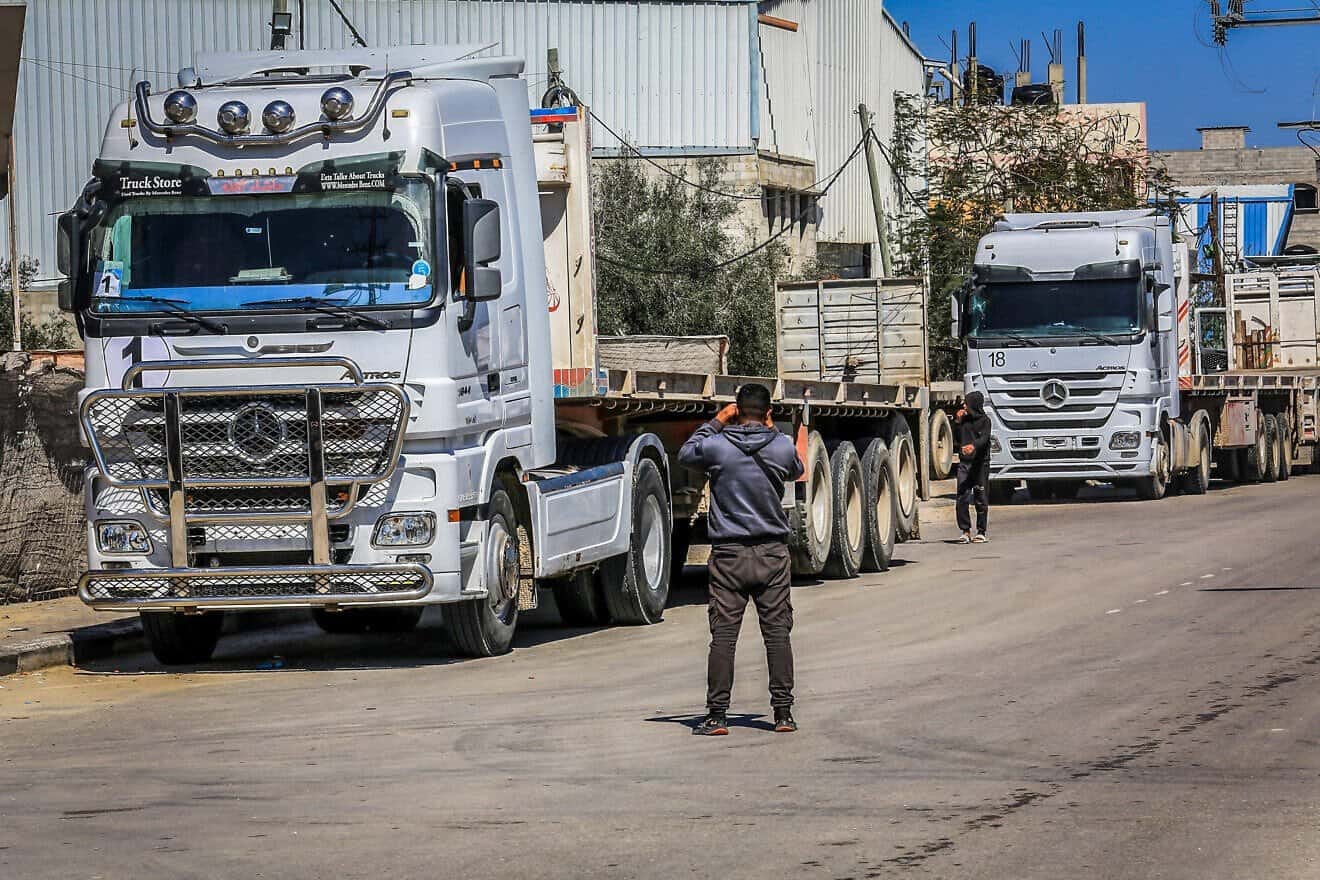
Hints of Israel’s Long-Term Gaza Strategy Emerge—Written by Yaakov Laapin for the Jewish News Syndicate—May 1, 2025
How Israeli Military Technology Continues to Improve the US Military—Written by John Spencer and Lian Collins for The Institute for National Security Studies—April 27, 2025

How Bibi Buggered On to Victory—Written by Edward N. Luttwak for Tablet—April 15, 2025
Israel’s Gaza Campaign in Strategic Context—Written by Colonel (res.) Prof. Gabi Siboni and Brig. Gen. (res.) Erez Wiener for The Jerusalem Institute for Strategy and Security—April 30, 2025

New AI Assistant Launched to Fight Online Antisemitism and Misinformation—Written by the Jerusalem Post Staff for the Jerusalem Post—March 26, 2025
Catering to Qatar—Written by Jonathan Schanzer for Commentary—May 2025
Qatar and China Are Pouring Billions Into Elite American Universities—Written by Frannie Block and Maya Sultan for The Free Press—April 27, 2025
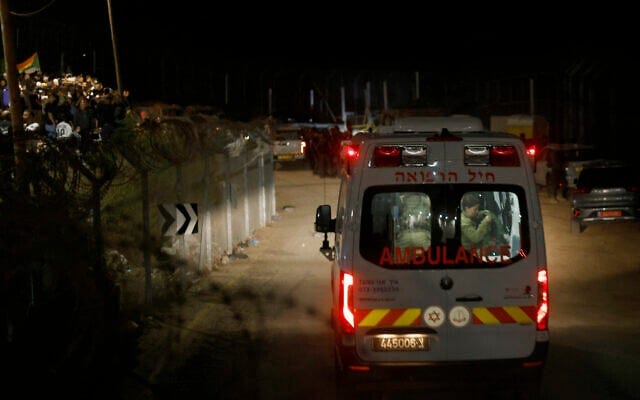
Israeli Chopper Ferried Aid to Druze in Southern Syria, 70 km From Border — Source—Written by Emanuel Fabian for The Times of Israel—May 3, 2025

Iran Had Imperial Ambitions in Syria, Secret Embassy Documents Show Why it Failed—Reuters article published by the Jerusalem Post—May 1, 2025
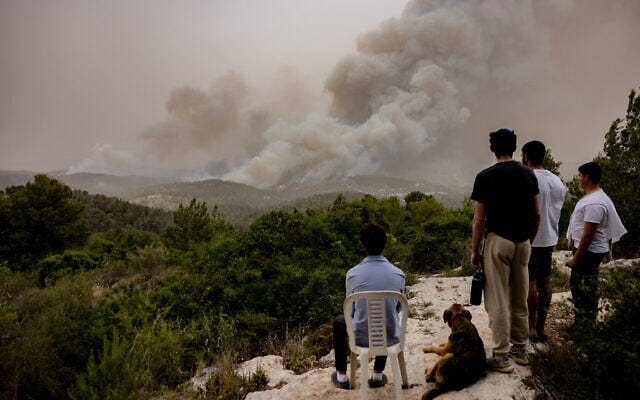
Hundreds Battle Blazes Ripping Through Jerusalem Area; Fire May Be Israel’s Largest Ever—Written by multiple authors for The Times of Israel—April 30, 2025
Israel’s Struggle with Hezbollah—A War Without End is now available in eBook and hardback format on Amazon and IngramSpark. This compelling narrative explores Hezbollah’s origins and cancerous growth, traces Israel’s response, and reveals Israel’s present readiness to meet Hezbollah’s challenge.
Cliff Sobin
Important Link—Alma Research and Education Center: Understanding the Security Challenges on Israel’s Northern Border





